Legionella Control with Sanosil Disinfectants
for water pipes and tanks – the perfect choice for disinfecting all types of water systems
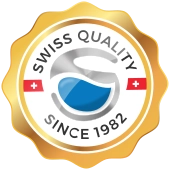
for water pipes and tanks – the perfect choice for disinfecting all types of water systems
Sanosil water disinfectants are most frequently used for:
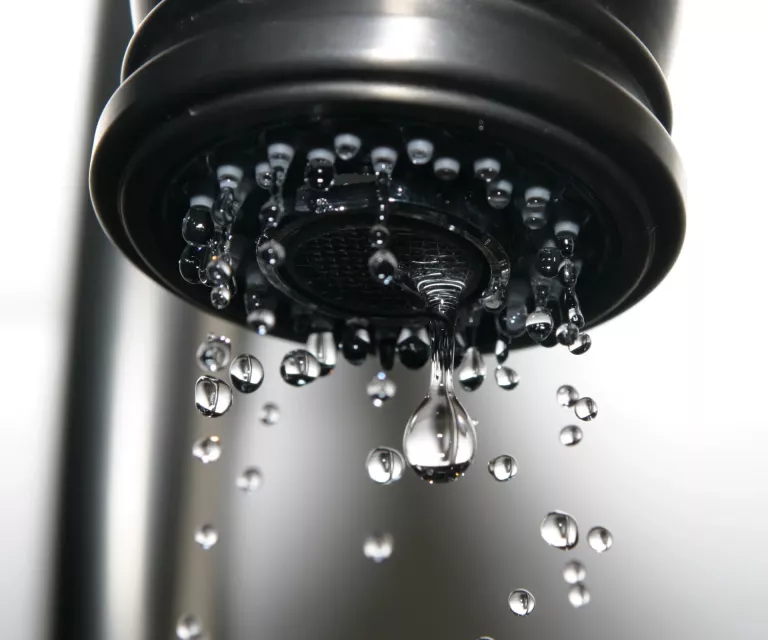
Legionella control in hot water systems of buildings (hospitals, hotels, office buildings etc.)
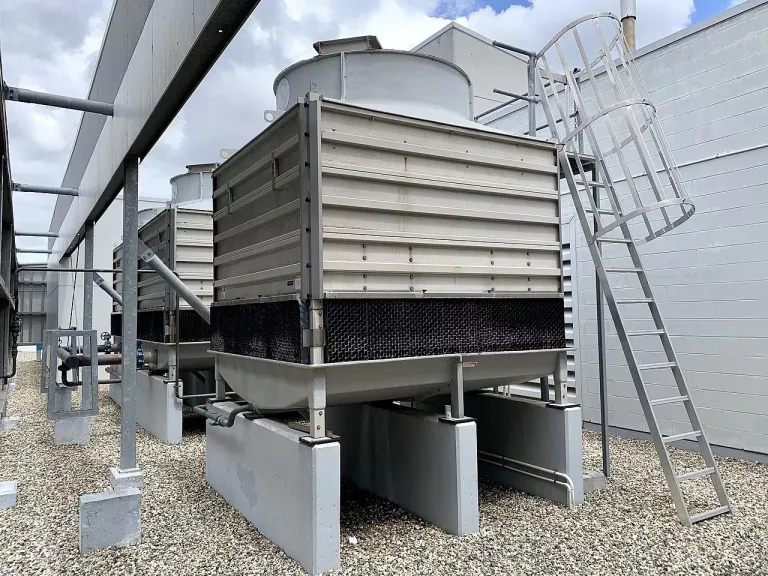
Legionella control in cooling circuits / cooling towers with evaporative cooling
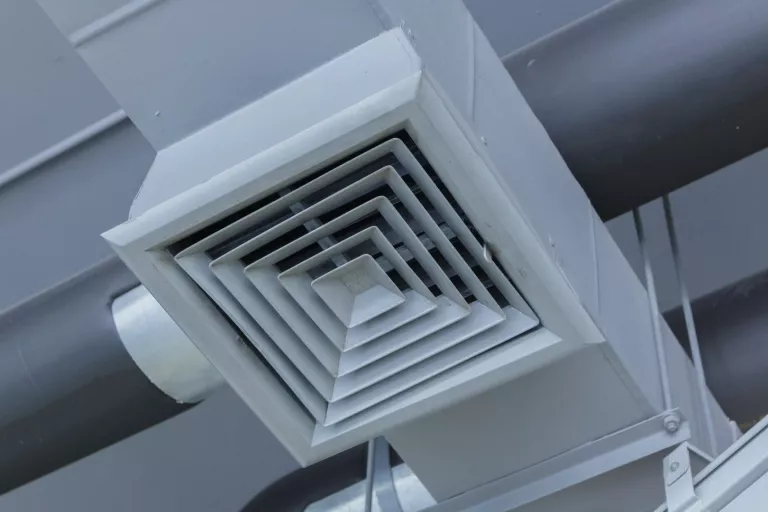
Legionella control in HVAC systems. Especially in air washer / humidifier systems and adiabatic cooling systems.
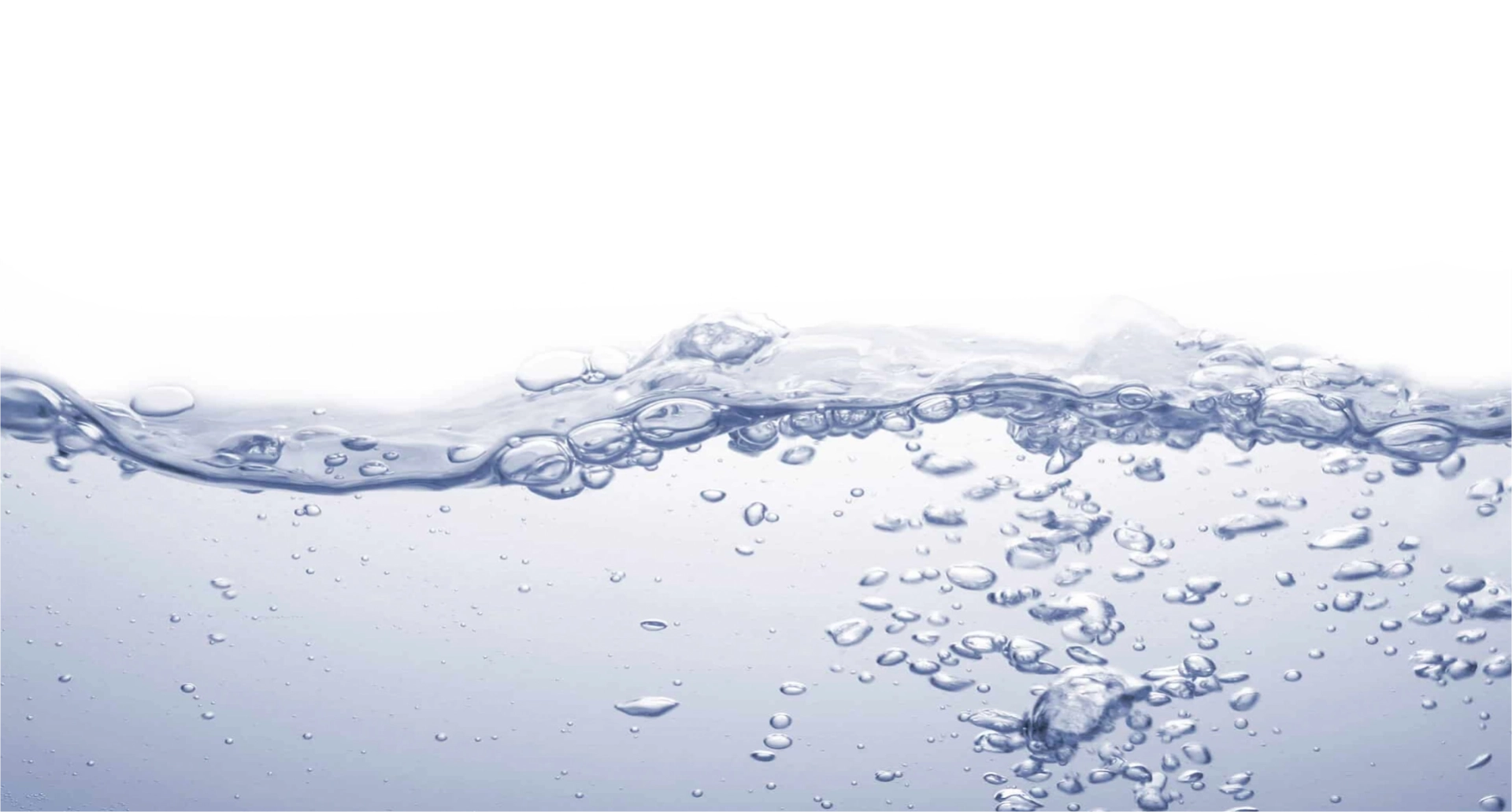
Highly concentrated disinfectant for water and water systems
Disinfectant (non-hazardous) for water and water systems
Legionella basically refers to harmless bacteria which can breed in drinking and process water.
At warm temperatures (25–50°C) they begin to multiply and to grow. If water containing Legionella bacteria is sprayed, infectious aerosols are produced. These aerosols can cause severe or fatal pneumonia when inhaled! Critical sources of legionellosis include buildings with long, irregularly used water pipes (such as hotels or hospitals), evaporative cooling systems and HVAC equipment. The operator of such a source is obliged to ensure hygienic operation and to protect the environment from aerosols containing legionella.
Choosing the right water treatment method is not easy. The best method requires as few technical installations as possible and causes neither corrosion nor environmentally problematic side effects. This can be achieved, e.g. thermally, by regularly raising the water temperature in an affected system above 60 degrees Celsius.
Where this is not reliably possible for technical or economic reasons, recourse should be made to a suitable disinfectant.
With the help of Sanosil disinfectants, this can be done easily – without expensive technical installations or in-depth technical knowledge.
When it comes to water disinfection / water treatment against legionella, Sanosil disinfectants based on boosted and stabilized hydrogen peroxide offer some unbeatable advantages.

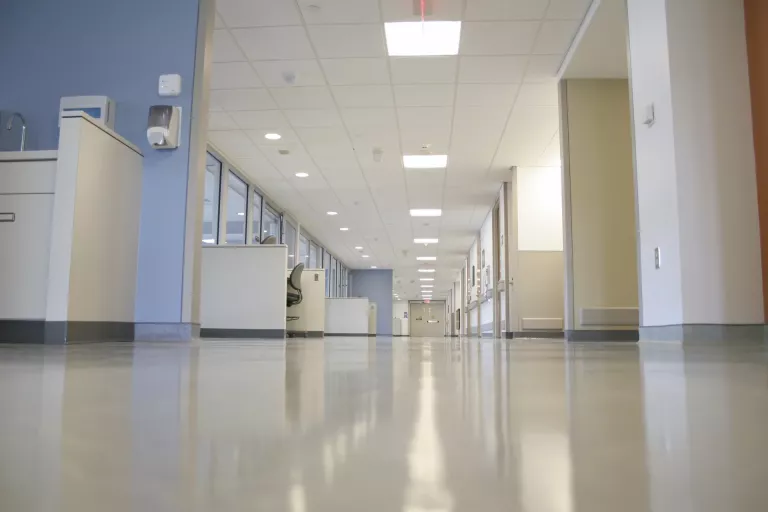
The crux of legionella water treatment
One of the biggest problems in treating water against legionella are biofilms. These slimy coatings form quite quickly in all water installations. Pipes made of plastic are particularly susceptible to them. In and of themselves, biofilms are not particularly „dangerous“ – the problem is that they serve as a protective layer for bacteria such as Legionella. Once a system is overgrown with thick biofilm layers, even classic and certified disinfection methods such as chlorine shock sometimes lose most of their effect. This is because most oxidising substances fizzle out ineffectively on the surface of the biofilms instead of penetrating into the depths of the structures and being able to combat the Legionella bacteria protected there. Only a biocide with special stabilisation and „deflagration delay“ (like the Sanosil products) manages to penetrate the biofilm and attack it from the inside.
Thanks to the stabilisation, Sanosil disinfectants do not already degrade on the surface of the biofilms, but can penetrate into the depths. There they act not only chemically, but also physically by increasing the volume between the biofilm layers. Both biofilms and legionella are thus combated far more effectively than with other products such as chlorine, ozone or chlorine dioxide.
Where there is a risk of legionella in the water, regular testing should be carried out. These legionella tests are often offered and carried out as a service by contract laboratories. Where this is not possible, D.I.Y antibody tests can also be purchased. These tests are very easy to use. However, attention must be paid to the detection radius and sensitivity of the test. Depending on whether cooling water or shower and bath water is to be tested for Legionella, a different sensitivity applies.
However, the test procedure is the same for both: a water sample is concentrated by filtering and an antibody solution is added. The sample is then dropped onto the analysis area of the test kit. 10 minutes later, the result can be easily read.
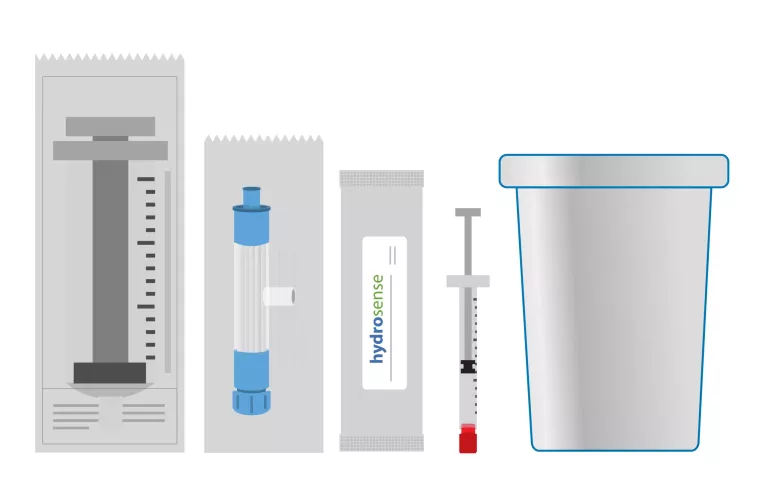

Sanosil products offer you reliability and safety
We look forward to hearing from you!